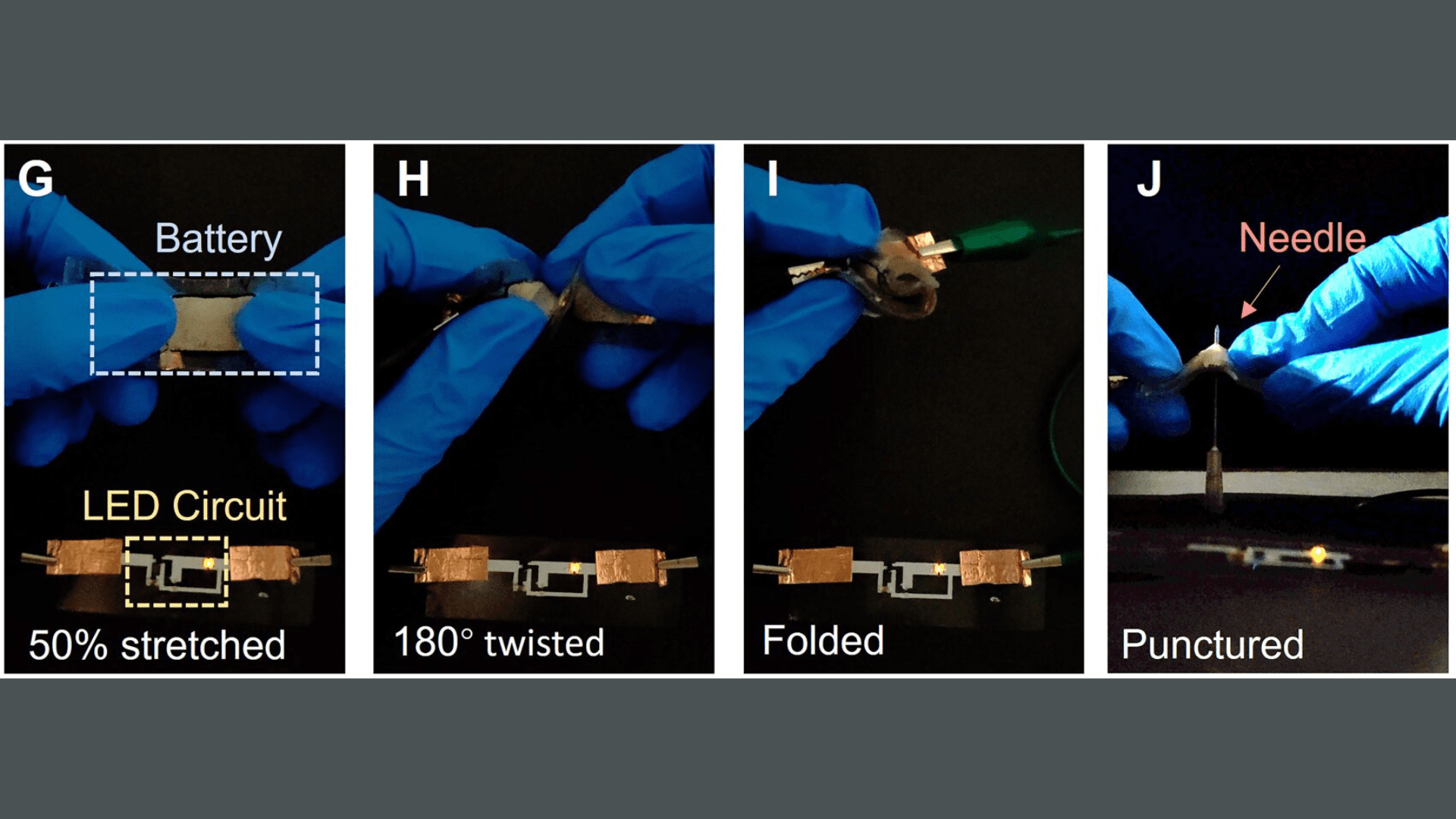For anyone who tries to live their life as sustainably as possible, taking a plane anywhere can make you feel a tinge of guilt. You don’t want to limit yourself as far as travel, but you’re all too aware of the carbon footprint that the airline industry has made. Well, luckily for you, there’s an initiative underway by Rolls-Royce to create a significantly more sustainable aircraft engine.
The Ultrafan design is part of Rolls-Royce’s sustainability initiative, which also includes continual research into gas turbine performance, electrification, and sustainable aviation fuels. The most efficient jet engine yet, the Ultrafan is designed to reduce fuel emissions and CO2 burn by 25% compared to the Rolls-Royce Trent first-generation engine.
The engine is set to hit their testing facilities in 2021 and they plan to have the technology available for installation by the end of the decade. Regarding the upcoming project, Rolls-Royce Civil Aerospace president Chris Cholerton stated to Aerospace Technology, “This is the decade of UltraFan and it’s exciting to enter the 2020s with the start of production of the demonstrator engine. We have got all the building blocks in place, the design, the technologies, a brand-new testbed, and now we are actually seeing the engine come together.”

The company has recently begun construction of the fan blades, which will be 140 inches in diameter. They’re creating the fan casing and blades out of carbon fiber which should reduce the weight by 20% (or 700kg) compared to previous models. The fan blades are created through the build-up of layers of carbon-fiber, pre-filled with enhanced resin material. They will then apply heat and pressure and each blade is finished with a thin titanium leading edge. This finishing touch protects against erosion, foreign objects, and bird strikes.
The final design will also have a few additional features including a new engine core for maximum fuel efficiency. It will also include advanced ceramic matrix composites, which are heat resistant components that allow the aircraft to operate effectively in high temperatures. Finally, the geared design will help to maximize the high-thrust, high-bypass ratio.







